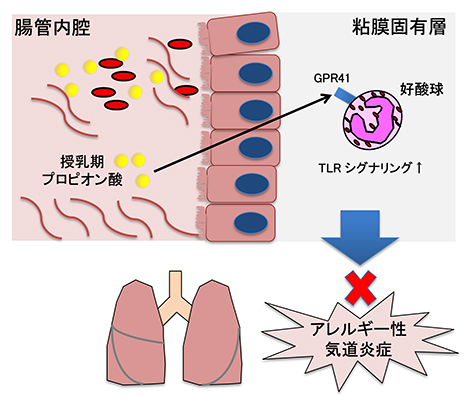2023-05-10 コロンビア大学
◆研究チームは、ディープラーニングを用いて、バクテリアが作り出すパターンから環境を解読し、環境中の汚染物質や有毒化合物の低コストな検出・記録システムにつながる可能性があります。
◆この研究は、より大きなスケールで生活材料を構築するために、バクテリアのコロニーの動きや組織を制御するなど、センサー以外にも応用が可能です。
<関連情報>
- https://www.engineering.columbia.edu/news/engineered-bacteria-and-ai-to-sense-and-record-environmental-signals
- https://www.nature.com/articles/s41589-023-01325-2
環境入力の空間的記録としての人工細菌群パターン Engineered bacterial swarm patterns as spatial records of environmental inputs
Anjali Doshi,Marian Shaw,Ruxandra Tonea,Soonhee Moon,Rosalía Minyety,Anish Doshi,Andrew Laine,Jia Guo & Tal Danino
Nature Chemical Biology

Abstract
A diverse array of bacteria species naturally self-organize into durable macroscale patterns on solid surfaces via swarming motility—a highly coordinated and rapid movement of bacteria powered by flagella. Engineering swarming is an untapped opportunity to increase the scale and robustness of coordinated synthetic microbial systems. Here we engineer Proteus mirabilis, which natively forms centimeter-scale bullseye swarm patterns, to ‘write’ external inputs into visible spatial records. Specifically, we engineer tunable expression of swarming-related genes that modify pattern features, and we develop quantitative approaches to decoding. Next, we develop a dual-input system that modulates two swarming-related genes simultaneously, and we separately show that growing colonies can record dynamic environmental changes. We decode the resulting multicondition patterns with deep classification and segmentation models. Finally, we engineer a strain that records the presence of aqueous copper. This work creates an approach for building macroscale bacterial recorders, expanding the framework for engineering emergent microbial behaviors.


